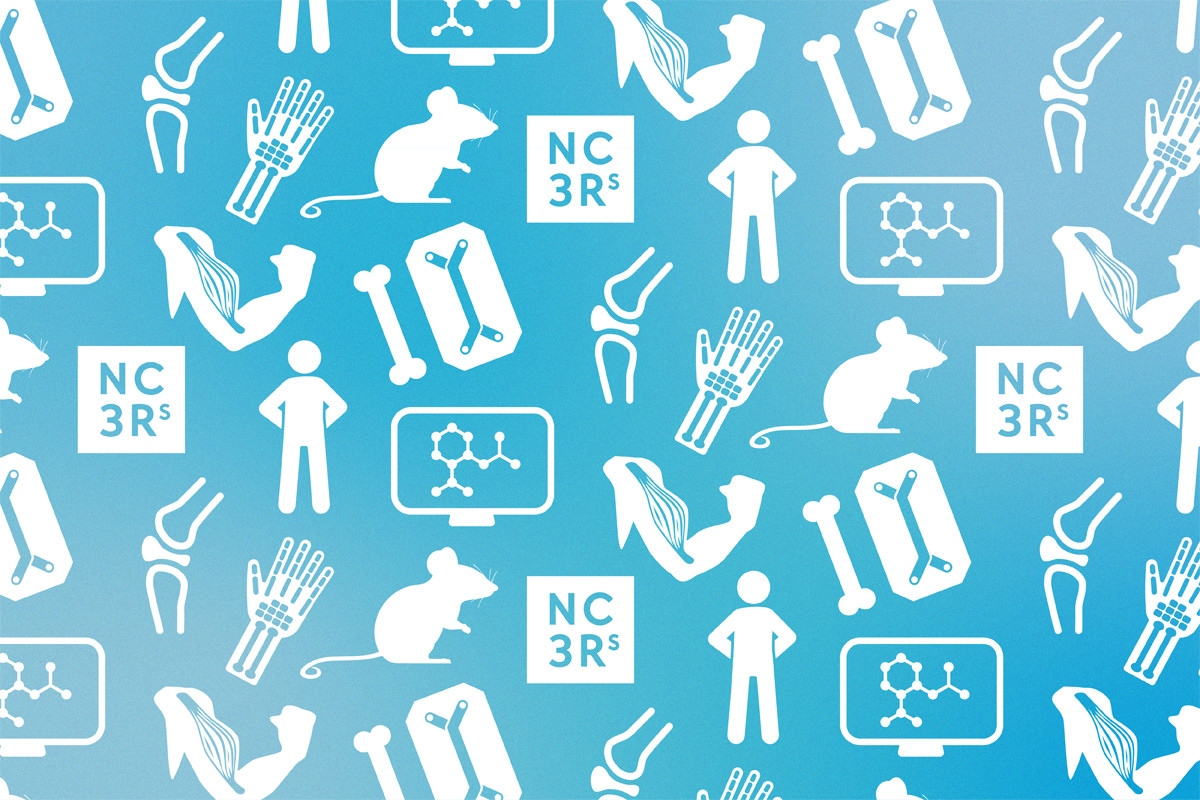Registration Details

As partners of Pint of Science we have been taking part in the annual science festival since 2014, sharing NC3Rs-funded research in pubs and public spaces across the country. In 2024 we are holding events in London, Nottingham and Manchester. The London event is hosted by Queen Mary University of London and will explore non-animal technologies.
How to build a body: Replacing animal research
How do scientists build bone or make muscle in the lab? Find out about the non-animal technologies being used to mimic human biology and investigate health and disease.
Chipping away at animal use in bone research
Dr Tim Hopkins
Tim is researching how bones grow and change over time. Rats and mice are usually used in this type of research but Tim is using a new technology called ‘Organ-on-a-Chip’. This combines biology and engineering, allowing scientists to grow human cells in small chambers and channels to create miniature mimics of human tissues. Tim is using this technology to imitate cartilage, bone and blood vessels in the lab and replace rodents in his research.
Read about Tim's research in Professor Martin Knight's lab, supported by the BBSRC/NC3Rs to develop the next generation of non-animal technologies.
Printing body parts
Natalia Andrea Moreno Sierra
Imagine printing 3D structures out of living human cells. This is called bioprinting, a technology that scientists are using to recreate tissues, organs and biological models in the lab and replace the use of animals in research. Natalia is using a 3D bioprinting technique to recreate the largest tissue in the human body – skeletal muscle – to better understand and treat diseases such as muscular dystrophy which are typically researched using animals.
Find out more about Natalia's NC3Rs-funded PhD research in Dr Yung-Yao Lin's group.
